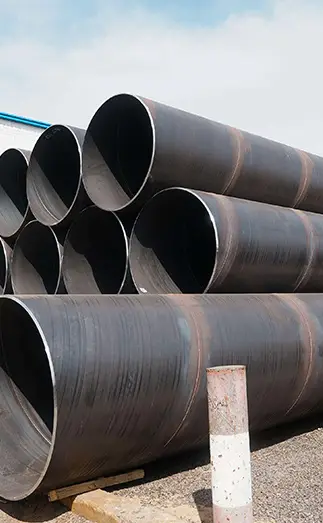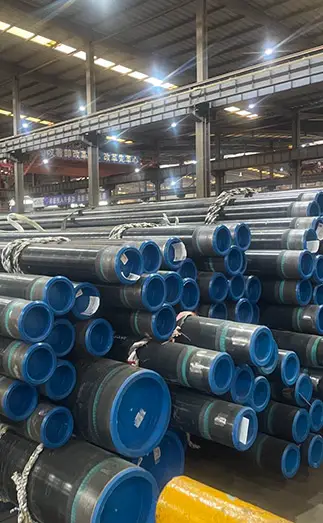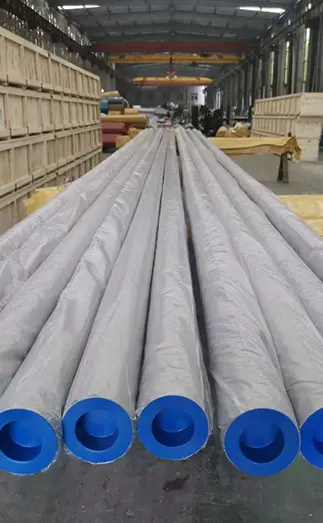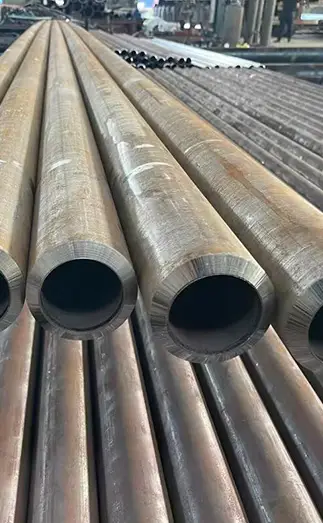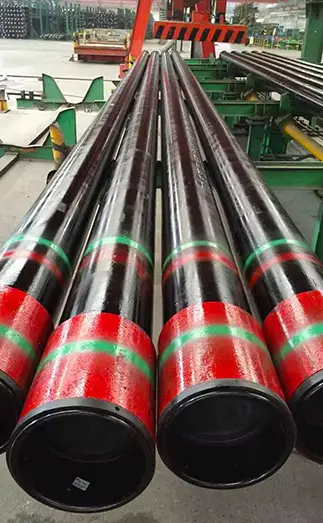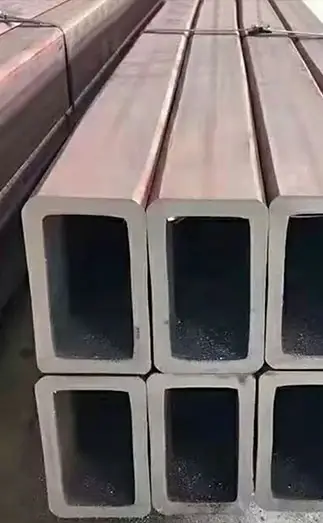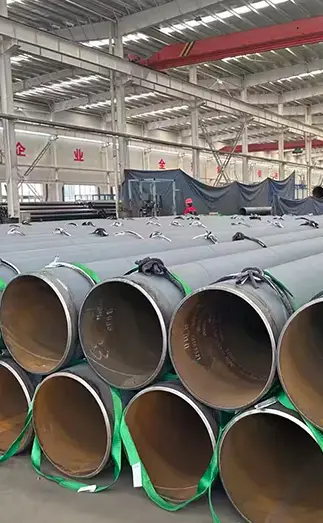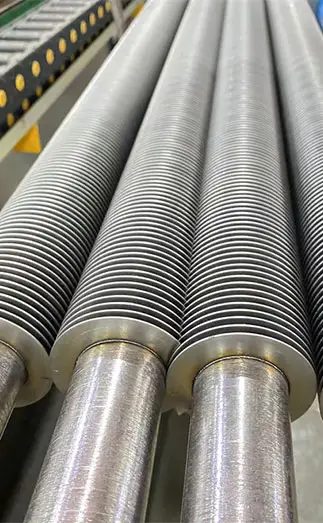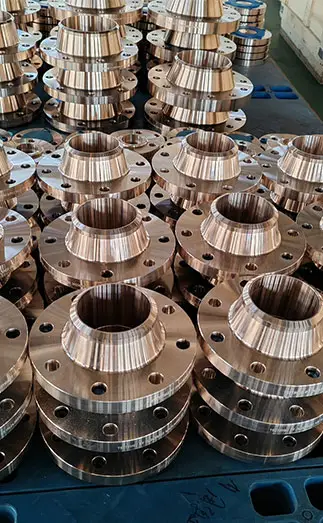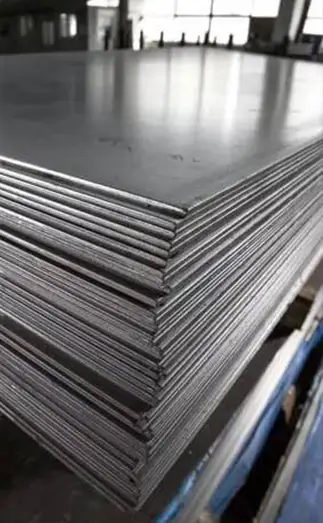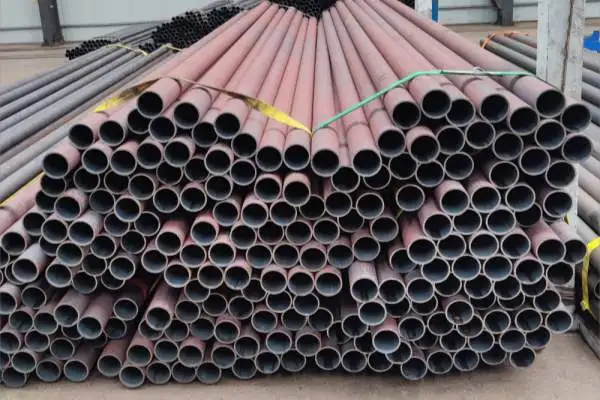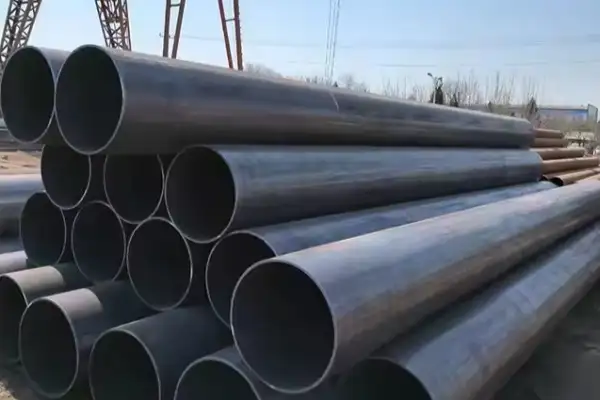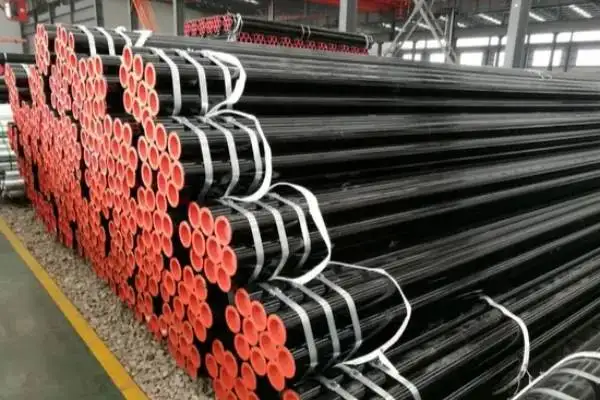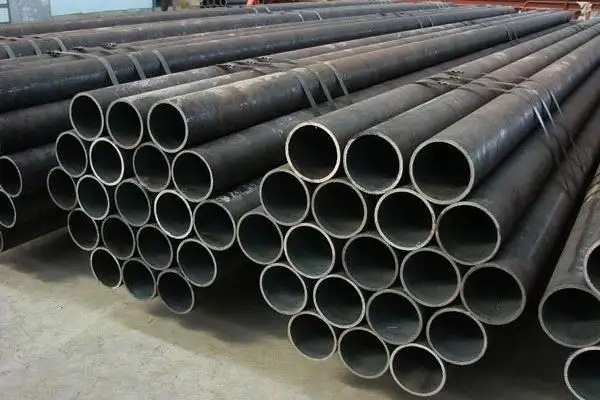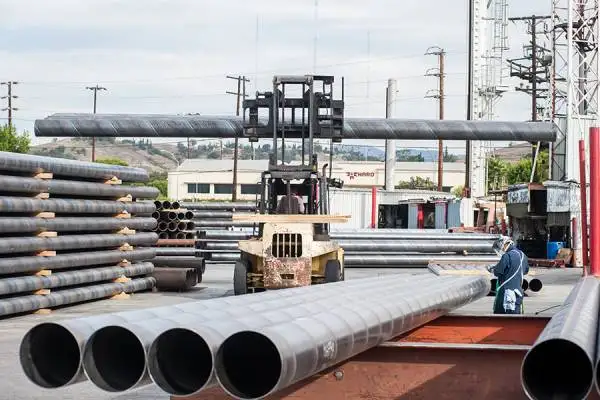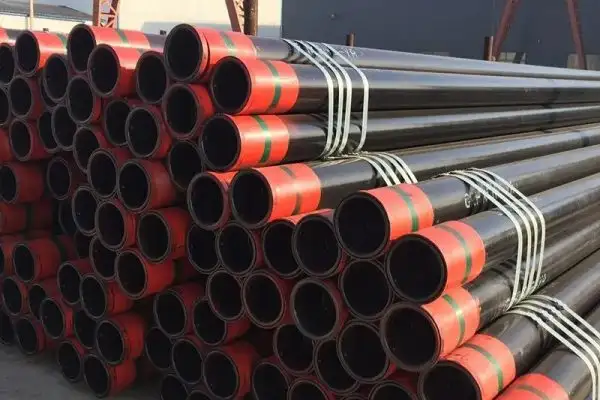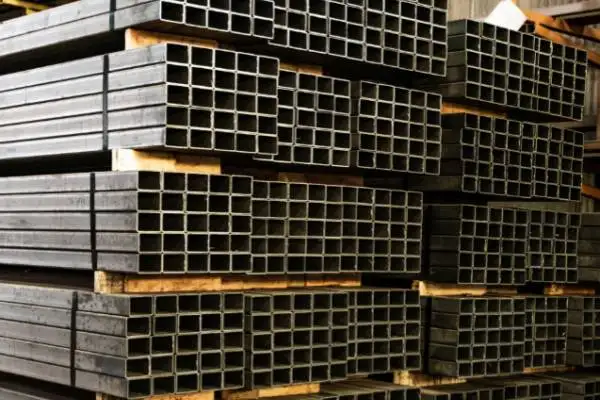In the oil industry, well casing pipes serve a vital role, much like blood vessels in the human body. These pipes are the primary conduit for transporting oil from underground to the surface, providing essential support for the proper functioning of oil wells. However, during actual use, both the inner and outer walls of well casing pipes are subjected to severe corrosion. The internal corrosion is particularly serious due to the presence of corrosive substances like hydrogen sulfide, carbon dioxide, and water in the oil and gas extracted from wells.
Externally, well casing pipes face soil corrosion. Soil is a complex, multi-phase system composed of water, oxygen, microorganisms, and electrolytes that can "attack" the outer walls of these pipes. Therefore, implementing effective anti-corrosion measures is crucial to ensure the longevity and safety of well casings. This article outlines common methods used to prevent corrosion of well casing pipes in different environments.



 English
English Español
Español Français
Français بالعربية
بالعربية